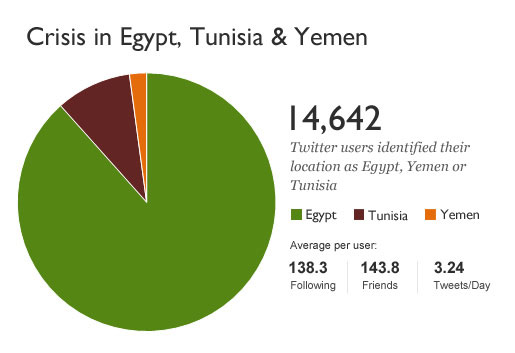The Social Media Revolution Will Not Be Televised But it Will be on Your SmartPhone
Social media, social media, social media: it seems like social media is all anyone ever talks about anymore when it comes to online marketing, or even marketing in general. These days, it’s practically more common to hear spokespeople say, “Visit us on Facebook at ____” than it is to hear them say “Visit us online…



